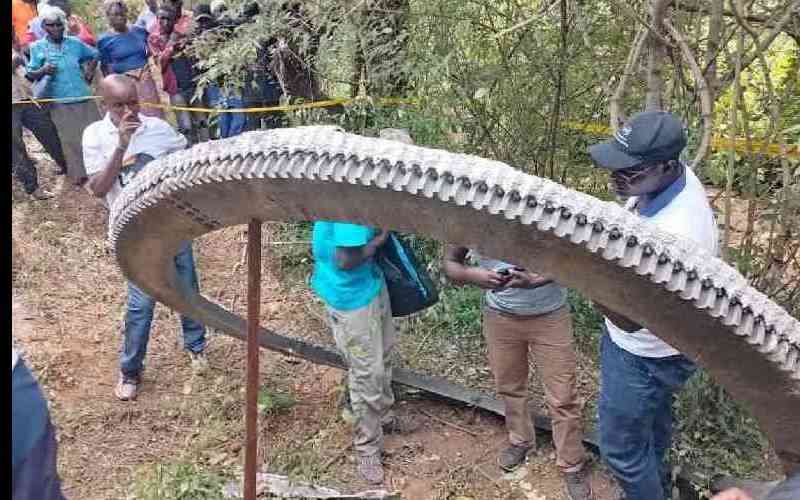×
The Standard e-Paper
Join Thousands of Readers

In an incident that has drawn attention to the growing challenges of space exploration, a massive piece of space debris crashed onto Makuku Village in Makueni County on December 30, 2024.
The incident has prompted both immediate health and safety concerns and broader questions about Kenya's preparedness for similar events in the future.